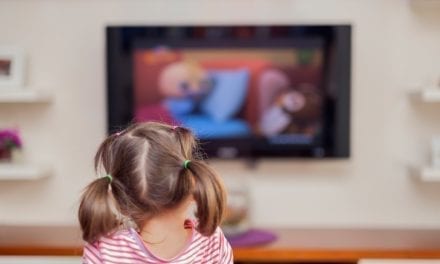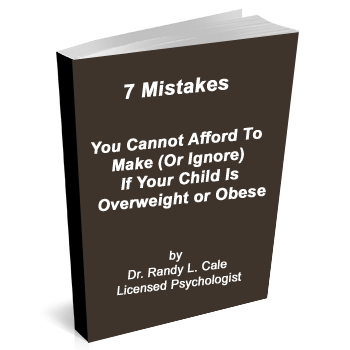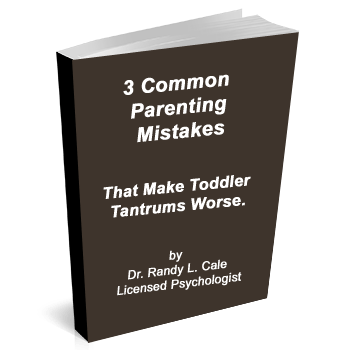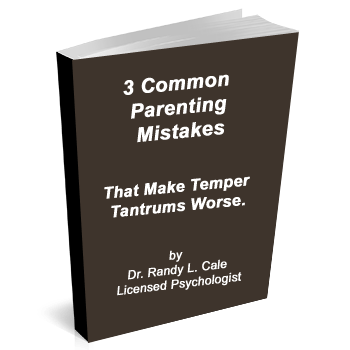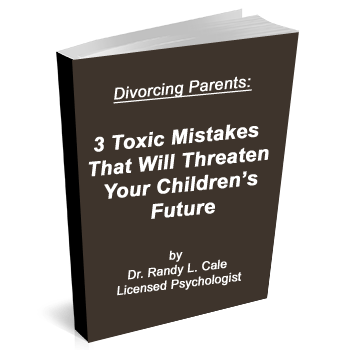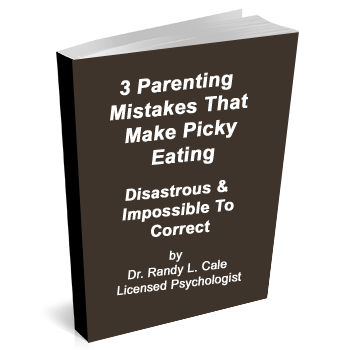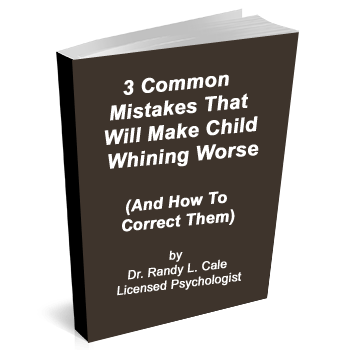See Full Video of Seven Mistakes Here
Video Transcription:
Being on track rather than kind of noticing that your child might have a tantrum because they don’t get what they want that’s okay. It’s okay if they have a tantrum, it’s okay if they don’t like you for a day or two or a week. They’ll get over it they always do. So, I just encourage you, you know for what’s right for your family and your kids. I just wouldn’t, I wouldn’t pay attention to what everybody else is doing. I wouldn’t pay attention to you know if you if it’s an article I write or somebody else writer writes or Dr. Phil writes. I wouldn’t pay attention particularly to the parts that have to do with a value system your value system, your value system and so really pay attention to that rather than what everybody else is doing because if your kids are spending time in front of a TV if they’re spending time in front of a computer significant time whose values are shaping their choices your values or advertisers values it’s advertisers that are shaping now.
By the way, do advertisers hire the stupidest people they can find to do this do they have low budgets, do they, do you think they might engage in hypnotic kinds of advertising that makes your children’s pupils dilate and they look kind of look like this do you think they might use some tactics like that, of course, they do their goal is to shut down? Their goal and I don’t mean this to sound malicious because their goal is to sell products right and I, we can all appreciate that’s what makes the economy go around but again you just want to understand that in the process of doing that it’s their values that are filtering in there so as your kids are saying this is what I want for Christmas or this is what I want for my birthday or you know if it was my assistant who’s nine-year-old wanted a limousine to pick her up for her you know graduation event you know those kinds of things seem bizarre to me but it’s because of what they see and where the crowd is going.
So, I like Earl Nightingale’s strategy wherever the crowd is going look the other way if you don’t have a good clue because you’ll probably be closer to being on track. A couple of weeks ago, a study came out. I just heard this as driving down the north way. A study came out where they, they took a group of a thousand seniors aged 62 to 65 and they asked them how much money they had in their checking account disposable money that they could spend and then they did a survey of a thousand teenagers ages 16 to 18 about how much money they had in their checking account. Guess who had more money? The teenagers.
It’s a problem because we end up again most folks are following the crowd you know they probably on their credit card are putting are paying for HBO and you know the digital DVD player and we’re caught up in that and so I mean we all do it we have to be very conscious and aware of this question of what’s important and my behavior my choices about what my children watch every day that choice represents what value I’m willing to endorse and so if I let them sit in front of a particular show for an hour. If the values are consistent this should feel good in here right. If it’s consistent with my values if I watch it and a part of me is going up then I want to be careful about that’s all so this is really a plea to really pay attention to your own gut your own values what’s really important for you when you set limits on your kids
Do they enjoy that do they appreciate they say geez Dad thank you for uh making me go to bed at eight o’clock or Gina’s I I know I can’t play but a half-hour video games you know I really appreciate that do they do kids really like limits no well something yes most kids will fight you on limits right and so what happens is that when kids fight we start to get soft and that’s really the opposite thing that you want to do the more you feel kids fighting you on limits probably you know you’re standing right where you need to be standing?
How many of you have kids who negotiate with you? So, look around kids do you ever see your kids negotiate with the wall with the chair? Kids only negotiate with parents who do what we negotiate back. Kids only negotiate with parents who negotiate that’s the way it works so you really got to get this thing that there are two parts to this. Part A is where you view the limit as appropriate that it’s a healthy good limit this is a good bedtime this is how much time you spend in front of a tube or a box this is how much activity we have in our house you don’t play three sporting events at once you know we can’t do two travel seasons in a year excuse me wherever that limit is you say this is the limit and you stick to it.
Secondly, if you say this is the limit and your kids don’t like it. that’s not the time to negotiate that’s the time to stay firm and so it’s very simple if you want kids to learn to accept limits. What do you do? You set them often. Use this metaphor: you put fleas in a jar and you put a little metal top on the jar and the fleas are sitting there and then ding ding ding ding bouncing up against the top of the jar like this right well we can only imagine in a fleas world. This is not a pleasant experience right, you know boom boom boom so even with the size of a flea brain within a matter of moments we have smart fleas because here they are bouncing away and it’s a nice silent little jar we have. They’re quick learners right.
Well, part of it is and we’ll explain in just a moment, choice and consequence very tightly connected right, but let’s assume for a moment that, that here are the fleas, now they’ve learned where the lid is on, the jar right, so I can take the lid off and do you think they bounce out, nope, there they are just right away honoring that limit. Let’s imagine, I had moved that lid that it was moving every day every moment it shifted a little bit every moment the lid just moves up and down a little bit, would the flea ever get it, now think about it that’s a flea brain, a flea brain gets it if it’s consistent, a flea brain can’t get it if the limits keep moving.
So, you guys got to remember that so simple right if this is the limit and mom and dad can’t agree and so dad’s home sometimes it’s here and mom sometimes it’s here and if that’s happening a lot are kids going to be confused about that of course right so the more that you can say okay let’s agree this is going to be the limit and we’re going to stick to it the better kids need limits kids thrive on limits kids love limits despite the fact of what they suggest based on their behavior.
Now, how can I say that kids love limits because we’ve done tons and tons of studies over and over again? We see that if we take away limits and we give kids free rein that initially they’re joyous they’re excited they love it and then we see all across the board everything deteriorates. I mean that’s part of the problem with childhood obesity right we don’t set limits on the type of food if you bring home all sorts of junk food put it in the cupboard and say to the kids now don’t eat that how does it work if I have ice cream in my freezer do you think I eat that ice cream so if I’m going to stay fairly trim what do I have to do, I have to make sure there’s no ice cream in the freezer why because I’m not that disciplined.
How many and you’ll notice you guys are kind of similar you’ll see that some people are more disciplined about this but the smartest decision is to decide in advance what the limits are you’re going to see across the board if you’ve already decided before the decision comes where the limit is at it’s much easier it’s like if it’s eight o’clock and you don’t know that the bedtime is eight o’clock you’re not really clear about it they say oh mom there’s a show I want to watch well you think let’s see you had to bend early last night okay. Now suddenly it starts moving and shifting right now in advance what the limits are known in advance what the bedtime is when they’re going to do their homework what their responsibilities are around the house know in advance what the consequences are to choices and again I can’t cover all those tonight but…
I do want to give you a sense that it’s so important that you already ha know in advance what choices come with what consequences that’s like saying here’s the limit sweetheart and oh you step over the line what happens I don’t want to scream at John because he steps over the line because the screaming at John work no so I got to make sure that something’s going to work that’s actually going to teach John and so in a moment we’re going to talk about what that is but for now set firm limits to be really clear that that initial resistance that you feel is really nothing but a tantrum on their part because they’re not getting it their way.
Do we do better with clear limits as adults as well we do better you will be hard-pressed to find a single study of human behavior that will not support clear and consistent limits it’s very simple so we want to do the same thing with kids we want to set up a world where there are clear and consistent limits okay yes, is there a little contradiction between the clear and consistent limits and protecting them like when you give the example of the food not having the chips in the house for the kid when they want to use the chip is really protecting them they’re not making the right decision you’re not giving them an option well it could, it could appear that way but the key thing is that there are certain choices that they’re going to be able to make every single day that what would be the consequence to them eating potato chips for example not a nutritious meal?
Are there any immediate consequences that are going to happen for most kids immediate consequences? There are no immediate consequences so see the problem is in these situations where there are no immediate consequences is that the consequence six months or a year down the road is they put on you know 10 pounds of excess fat the consequence then is very difficult for that to be a teacher so in the area where we’re talking about setting clear limits we’re really talking about the decisions that you guys need to make not about child decisions that’s a great question the distinction is in the arena where children should be making decisions about whether or not to pay attention to jump over the log for example whether or not I’m going to pull the toy away from my best friend because I want it right now.
Those choices often come with immediate consequences and you just want to let those consequences do the teaching in the arena where your judgment comes in where your decision is going to influence their trajectory that’s where you set limits like kids aren’t going to you know if you said, for example, oh let’s let them go to bed and then the consequence is going to be they’re going to be tired tomorrow morning well once again the consequence is very far removed and it’s not really not going to teach very well so it’s a great question and so I would distinguish it in that way in the in areas where kids need to be making decisions and learning from those decisions.
You let the consequence do the teaching in the area where you’ve got to be teaching because you know that they’re not going to be prepared to make that choice I mean we struggle as adults to make healthy choices around the food we struggle as adults to make healthy choices about what to let come into our brain whether we know we’re tired at the end of the day and what’s the easiest thing to do you know sit there and turn on the tube and just get lost I mean the path of least resistance will always be the least healthy you know the path of the healthiest path is going to require us to make decisions that are not always easy mistake number five is that we end up saying the same thing over and over and over again.



